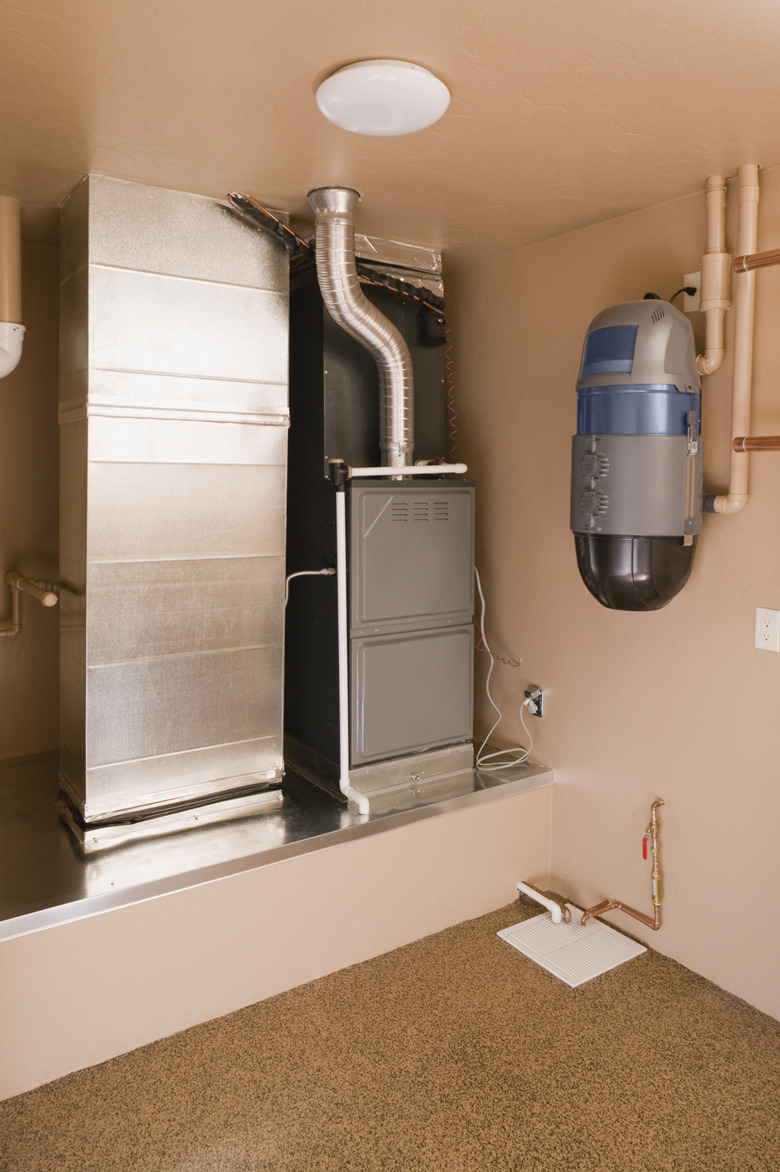The Proper Placement Of Registers In An HVAC System
Registers are the vent openings that your HVAC system uses. Their placement is decided when your home is first built or when the duct work is being remodeled. If you have a chance to install new registers in a remodeling project, keep in mind that they are designed to supply air to your home after it has gone through the system and return air back to the units.
Height
Height
When it comes to height, return registers are flexible. The goal of a return register is to get air back to its starting place. Ceiling jumper ducts can connect rooms to make this easier — even leaving doors open plays an important role. Transfer grilles, door undercuts and wall grilles are all acceptable means to allow air to flow around the house. The supply vents, which push air through the duct work, must be placed properly. In this case, their height will be determined by your system. Many have duct work in crawlspaces, so the registers are placed in the floor. Attic systems may use registers placed in the ceiling instead.
Room Placement
Room Placement
The goal of good register placement is to keep the house as evenly heated or cooled as possible. To this end, every large room should have a supply register in it. Some supply registers may be connected and looped together in a web-like pattern while others terminate at several key end points. Either way, a register for each room will create even airflow throughout the home.
Window Placement
Window Placement
If you look at the registers that are already in your home, you may notice that they tend to be close to windows. Windows allow heat transfer more easily, so the air that hits them becomes cool and sinks. This may seem a strange place for the supply vent, but it is by design. The warm air pushed from the supply vent can create a buffer layer against the window that keeps other air from being cooled. Follow this window placement strategy wherever possible.
Distance Between Supply and Return Vents
Distance Between Supply and Return Vents
Do not place your supply register and the return vents too close together. The air needs time to circulate around the room and do its job. If the return vent is too close or if the supply register is right next to the door, the air may slip away without actually heating the room. Keep the two separate.
